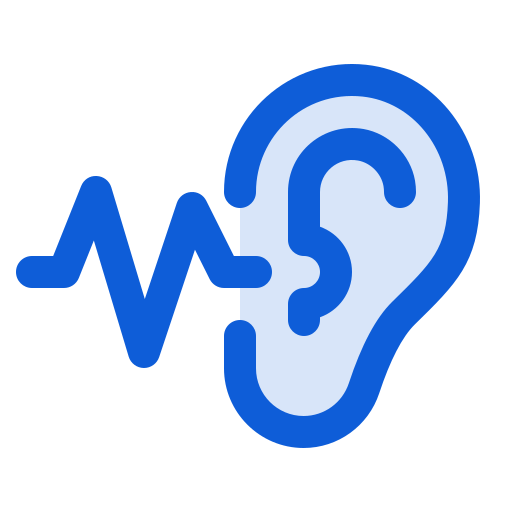Contents

Cochlear Implants
A cochlear implant is a medical device designed to provide a sense of sound to individuals with severe to profound hearing loss. Unlike traditional hearing aids, which amplify sound, a cochlear implant bypasses damaged parts of the ear and directly stimulates the auditory nerve. Cochlear implants are typically recommended for individuals who don’t benefit sufficiently from hearing aids, especially those with damage to the cochlea. The device can significantly improve hearing and speech comprehension, especially with rehabilitation therapy. If you or a loved one experience hearing loss and find hearing aids insufficient, cochlear implants could be a helpful solution.
Cochlear Implant Services
- NRT – Neural Response Telemetry (Intraoperative/Postoperative Measurement):
NRT records neural responses directly and quickly. It confirms that the cochlear implant is stimulating inner ear hearing nerves. The process is non-invasive, objective, and does not require sedation. NRT can be done during surgery and at follow-up appointments. - Switch-On:
Three weeks post-surgery, the audiologist provides the external device (speech processor and coil) to the patient and conducts the first mapping of the processor. - Mapping:
The device is programmed by an expert audiologist during mapping. Stimulation levels of the internal electrode array are adjusted for comfortable (‘C’) and threshold (‘T’) levels, enabling the user to hear a broad range of sounds. - Troubleshooting:
Parents and teachers can’t listen to a child’s cochlear implant like a hearing aid, but an audiologist can perform other checks to ensure proper function.
Benefits of Cochlear Implants
- Speech Understanding: Ranges from near-normal speech comprehension to no benefit, but most people improve over time.
- Lip-Reading Aid: Even if full speech isn’t possible, the implant can help with lip-reading.
- Immediate Benefits: Adults often see immediate gains and continue to improve for months or years after tuning.
- Telephone Calls: Some users can make calls and recognize familiar voices over the phone.
- Children’s Progress: Slower progress, with training needed post-implantation to help them adapt to new “hearing.”
- Television and Radio: It is easier to watch TV with visual cues, though radio is often more difficult.
- Sound Perception: Most can distinguish loud, medium, and soft sounds, like footsteps, barking dogs, and slamming doors.
- Music Enjoyment: Some enjoy certain instruments and voices, while others may not perceive music well.
Hybrid Cochlear Implants
For Adults: If you can hear low-frequency sounds like beeps but miss high-frequency sounds like whistles, hybrid cochlear implants could help. These implants have an external sound processor and an internal implant. The cochlear implant targets high-frequency sounds, while the acoustic component amplifies low-frequency hearing. This combined approach provides a balanced hearing experience.
For Children: Hybrid cochlear implants can help children who hear low frequencies but miss high ones, enabling them to hear a fuller sound spectrum. It supports language development, and speech recognition, distinguishing important high-pitched sounds like whistles or a child’s voice.
Benefits of Hybrid Cochlear Implants
- Improved hearing in quiet and noisy environments
- Better speech understanding and recognition
- Enhanced sound quality and music appreciation

